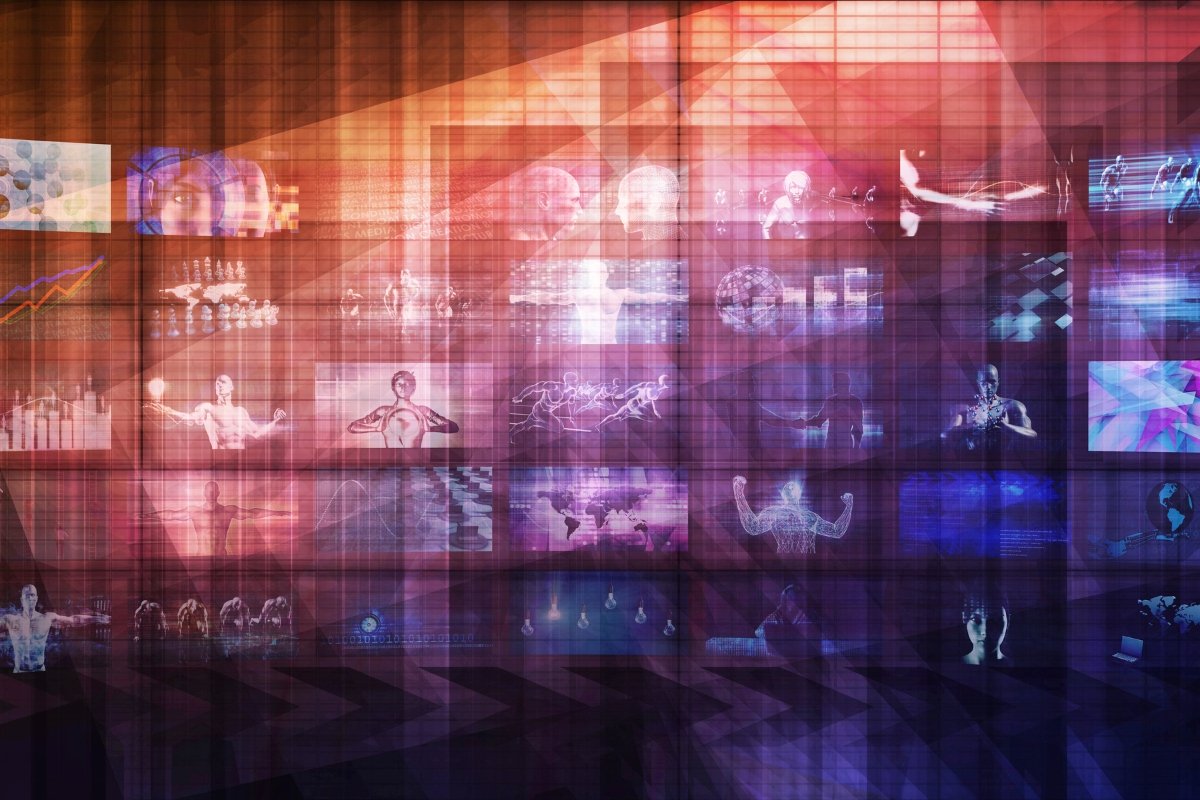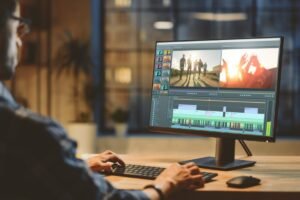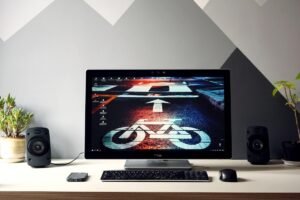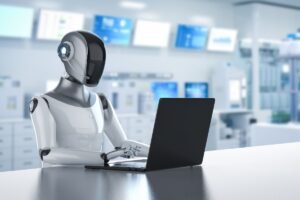In this article I have discuss to How AI is transforming the creative industries in 2025, For decades, computers have played a central role in fields like business, science, and education. But recently, they’ve been finding a foothold in one of the most human domains of all art. From visual arts to music composition, artificial intelligence is rapidly expanding the boundaries of creativity, offering new tools, fresh perspectives, and a fair amount of disruption along the way.
Although AI may never replace artists entirely, its growing presence in creative industries is sparking important questions. Will the future of creativity be one of endless imitation, or could these technologies push us toward even greater innovation? Many believe AI’s greatest contribution may be its ability to challenge human creators to move beyond repetitive, mechanical approaches and rediscover what makes human creativity unique.
Table of Contents
A New Kind of Creative Collaboration
Among the pioneers in this space is Mario Klingemann, a digital artist who uses AI to create portraits that feel as though they’ve been plucked from a 17th-century gallery. These works, however, aren’t painted by hand. They’re generated by neural networks algorithms modeled after the human brain. By training his systems on thousands of classical portraits, Klingemann produces an infinite stream of original artworks, each informed by history but entirely new.
For him, AI serves as a tool that balances control with unpredictability. Artists, after all, often thrive in that delicate space between intentional design and accidental discovery. AI helps facilitate this by introducing unexpected outcomes, allowing creators to explore uncharted aesthetic territory without relinquishing direction.
Read More Top AI Trends in 2025 | The Future of Artificial Intelligence
Shaping the Future of Creative Work
The impact of AI is being felt far beyond the visual arts. According to Marcus du Sautoy, a professor of mathematics at the University of Oxford, AI is already challenging long-held assumptions about what machines can do. Rather than merely reproducing familiar styles or serving up endless pastiche, today’s AI is capable of shifting paradigms, offering real disruption and driving innovation in creative fields.
While there’s ongoing anxiety about machines replacing human jobs, studies suggest that in many artistic professions, automation may not lead to widespread unemployment. Instead, AI is likely to become a co-creator less a competitor and more a partner in the creative process. Just as the invention of photography changed the nature of painting but didn’t destroy it, the arrival of AI is expected to alter creative roles, not eliminate them. New positions may emerge such as data curators, who design and oversee the datasets that shape AI output blending technical and artistic expertise in novel ways.
Rethinking Human Creativity
Interestingly, many artists and researchers argue that humans sometimes behave more like machines than we realize repeating successful patterns, relying on formulas, and sticking to what’s familiar. AI, with its alien way of processing information, may jolt us out of these routines, nudging us toward more inventive and authentic expression.
This perspective reframes AI not as a threat to human creativity, but as a force that could make us more creative. By challenging our assumptions and encouraging us to explore new modes of thinking, AI might actually help us tap into deeper levels of artistic imagination.
The Risks of Creative Replication
Yet the integration of AI into the arts is not without its controversies. In music, for instance, AI tools can now replicate the style of iconic performers with startling accuracy. A system trained on Ella Fitzgerald’s discography can generate new songs in her distinctive voice. While the results may not be chart-topping hits, they demonstrate how easy it has become to mimic even the most unique artistic identities.
This capability raises concerns about intellectual property. Musician and composer Holly Herndon, who collaborates with an AI system she calls “Spawn,” has voiced alarm over the lack of legal protections for artists. With enough audio data, anyone could train a model to imitate her voice or anyone else’s. The ethical and legal frameworks around this kind of digital duplication remain deeply underdeveloped.
One notable example of this issue occurred when an AI-generated track used the voice of rapper Jay-Z to perform Shakespeare. Attempts to remove the video from online platforms were unsuccessful, underscoring how current laws lag behind the technology.
Toward a More Original Future
Despite these challenges, Herndon remains hopeful. Her creative process focuses not on imitation but on collaboration using AI to generate new kinds of sound and vocal textures that blend seamlessly with human performance. This experimental fusion of the digital and the organic points to a future where AI doesn’t replace artists, but expands the possibilities of what art can be.
As AI systems continue to evolve, they may eventually reach a level of creativity that rivals or even surpasses human capabilities. Some theorists suggest that true artistic autonomy could emerge if AI develops an internal sense of self or consciousness. Whether or not this occurs, it’s clear that AI has the capacity to process and reinterpret the vast history of human art at a scale and speed that no human ever could.
Read More Top 10 Free AI Tools You Should Try in 2025 to Boost Productivity and Save Time
FAQs How AI is transforming the creative industries
1. Is AI capable of true creativity?
Ans. AI doesn’t create with emotion or intention like a human, but it can produce original work by learning from large datasets and generating new combinations. While it draws from past material, it often produces surprising and novel results, especially when guided by human input.
2. Will artists lose their jobs to AI?
Ans. Not likely. While AI may change how some creative jobs function, it’s more of a collaborator than a replacement. It can handle repetitive tasks and inspire new ideas, allowing artists to focus more on innovation and personal expression.
3. How are artists using AI today?
Ans. Artists use AI to generate visual art, music, and even poetry. It helps them explore styles, create variations, and experiment with forms that would be difficult to achieve using traditional tools alone. It’s becoming a partner in the creative process.
4. What are the main concerns with AI in the arts?
Ans. The biggest concerns are around ownership and authenticity. AI can replicate voices, styles, and likenesses without consent, leading to potential misuse or uncredited imitation. Legal frameworks are still evolving to address these issues.
5. Can AI make us more creative as humans?
Ans. Yes. By challenging predictable habits and offering unexpected results, AI can push artists to think differently. It acts as a creative mirror, helping humans break out of routine thinking and explore new artistic directions.
Conclusion
The creative industries stand at a crossroads. AI is no longer a novelty it’s a powerful presence reshaping the artistic landscape. While it poses legitimate risks, particularly around originality and ownership, it also holds tremendous potential as a catalyst for innovation. The future of creativity may not be about choosing between humans and machines, but about exploring the rich new possibilities that arise when they work together.





Pingback: Learn Machine Learning in 2025